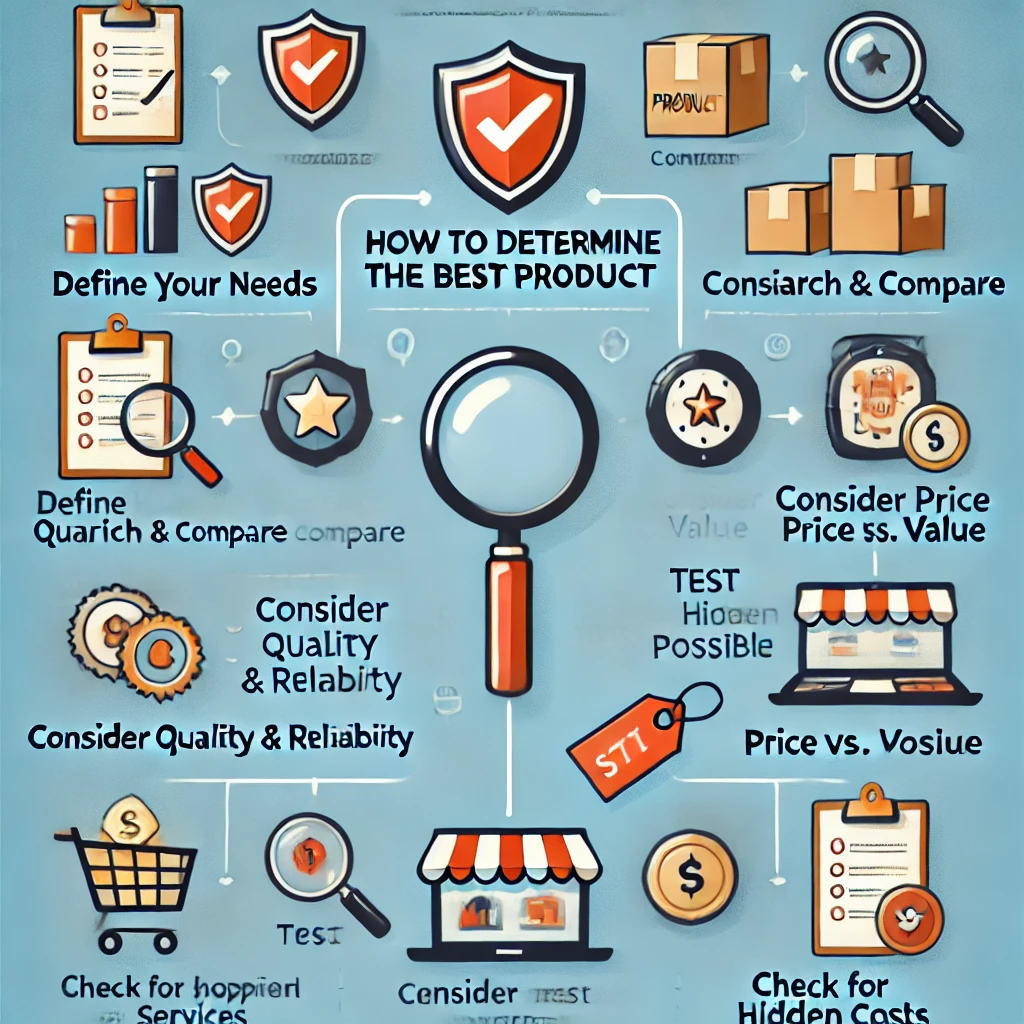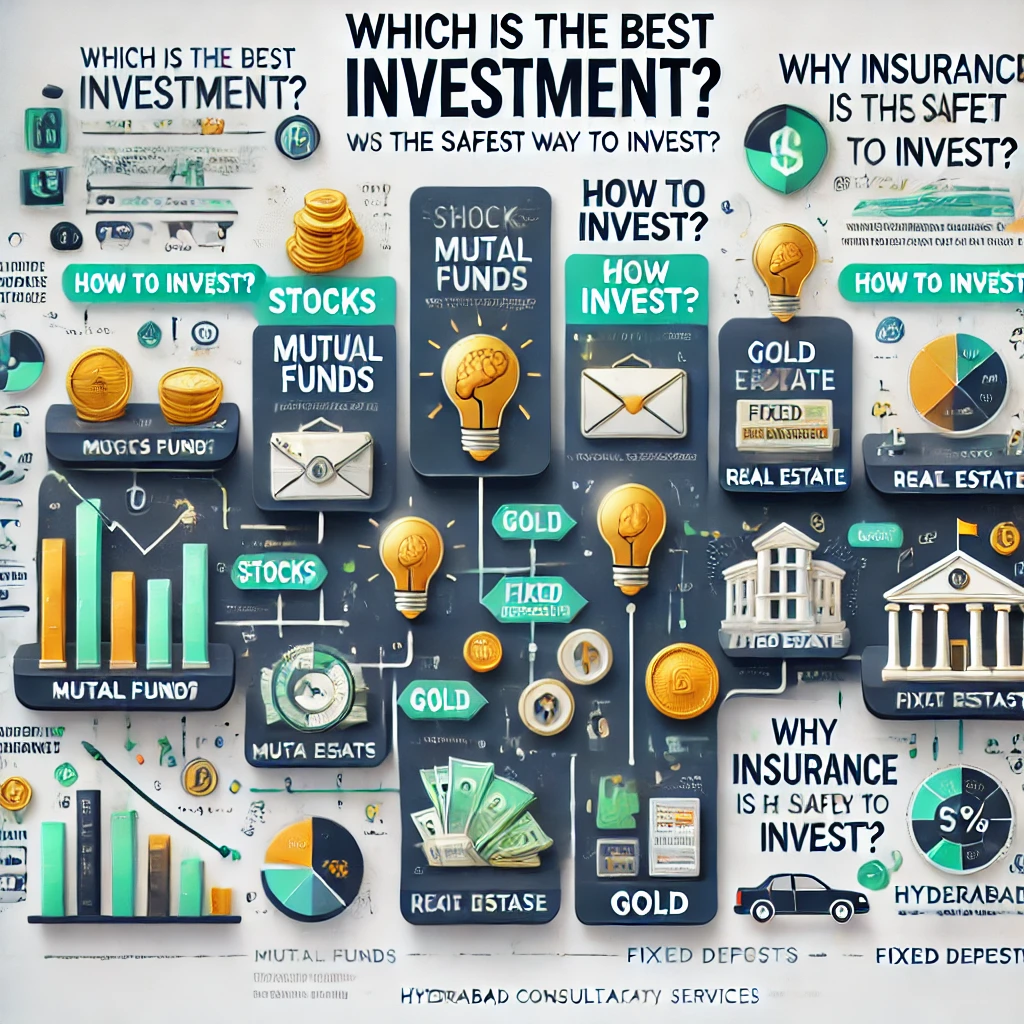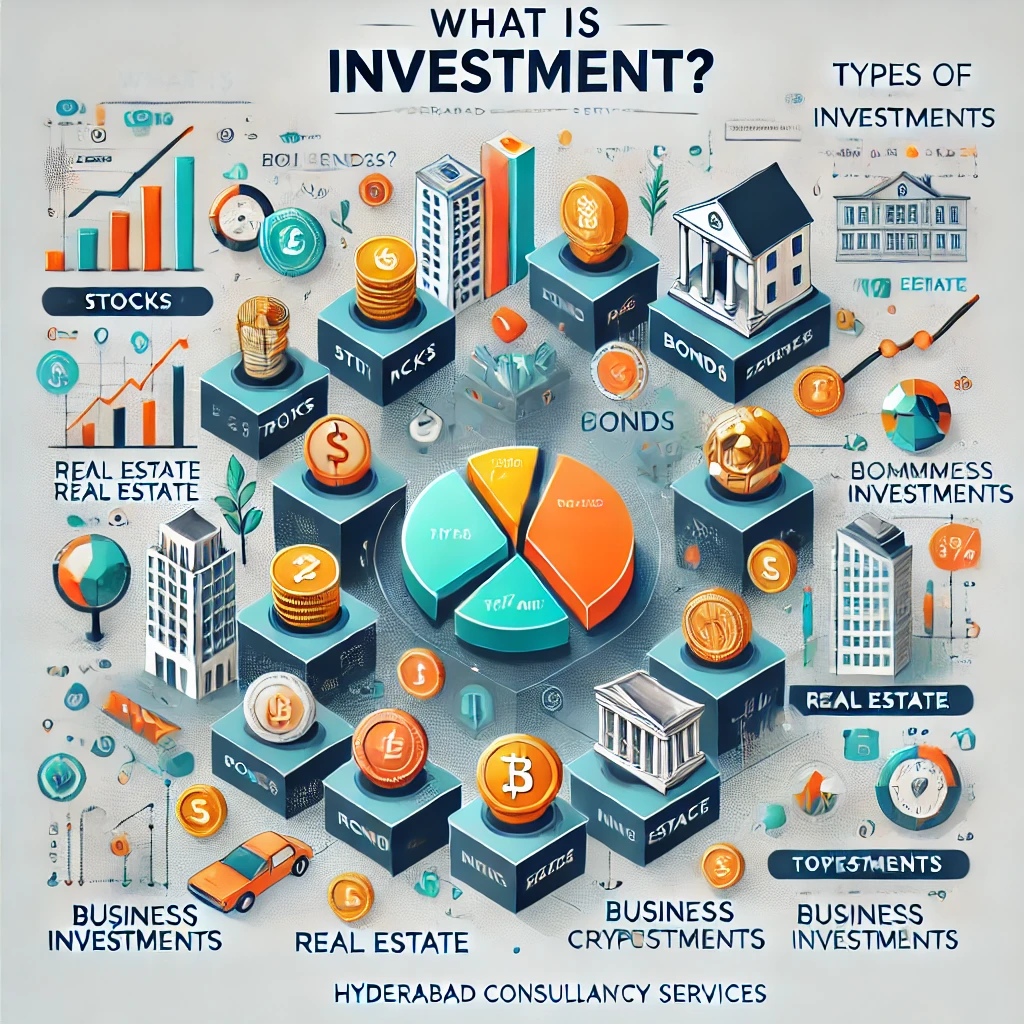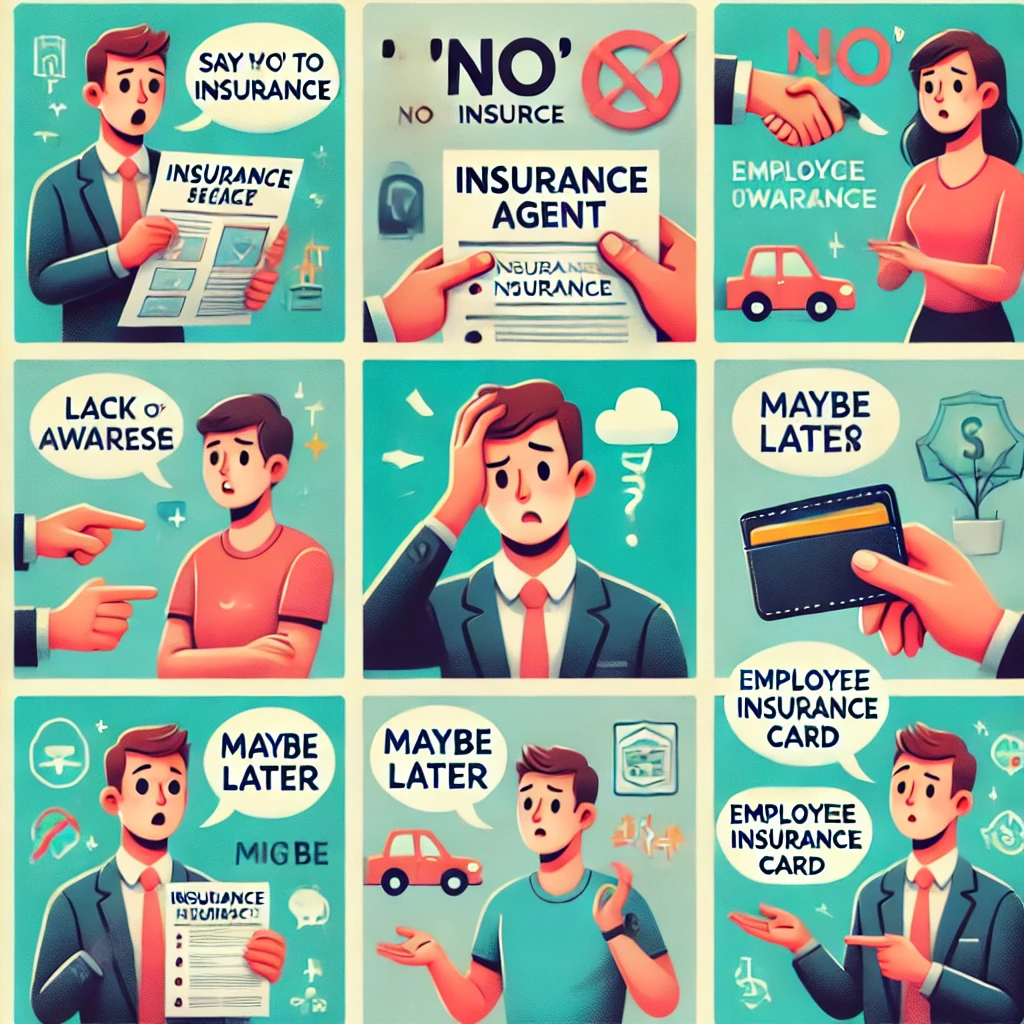Is insurance essential for everyone?
Insurance isn’t always legally required, but it is essential for most people because it provides financial protection against unexpected events. The type and necessity of insurance depend on individual circumstances, but here are a few key reasons why it’s important:
1. Financial Protection
- Helps cover unexpected costs like medical emergencies, car accidents, or home damage.
- Prevents significant financial loss in case of accidents or disasters.
2. Legal Requirements
- Some types of insurance, like auto insurance, are legally required in many places.
- Employers may be required to provide health or workers’ compensation insurance.
3. Peace of Mind
- Reduces stress knowing that you have a safety net in case of an emergency.
- Allows you to focus on recovery instead of financial burden after an accident or loss.
4. Types of Essential Insurance
- Health Insurance: Covers medical expenses and reduces healthcare costs.
- Auto Insurance: Protects against vehicle damages and liability in accidents.
- Homeowners/Renters Insurance: Covers property damage, theft, and liability.
- Life Insurance: Provides financial support for loved ones in case of death.
- Disability Insurance: Replaces lost income if you become unable to work.
Do You Need Insurance?
- If you have assets, dependents, or potential risks, insurance is a smart investment.
- Even if you’re young and healthy, unexpected events can happen.
Would you like advice on a specific type of insurance based on your situation?
Is Insurance essential for everyone?
Insurance is not legally required for everyone, but it is essential for most people because it provides financial protection against unexpected risks. Whether someone needs insurance depends on their personal circumstances, but in general, having some form of coverage is a smart financial decision.
Why Insurance is Essential for Most People
- Financial Protection – Covers unexpected expenses (e.g., medical bills, car accidents, property damage).
- Legal Requirements – Auto insurance is mandatory in most places, and health insurance is required in some countries.
- Peace of Mind – Reduces financial stress in emergencies.
- Protection for Loved Ones – Life and health insurance ensure financial security for families.
- Long-Term Stability – Prevents large financial losses that could drain savings.
Who Might Not Need Insurance?
- People with significant wealth who can self-insure.
- Those without dependents (for life insurance).
- Individuals in countries with comprehensive government healthcare and social safety nets.
Would you like recommendations on which types of insurance might be best for you?











